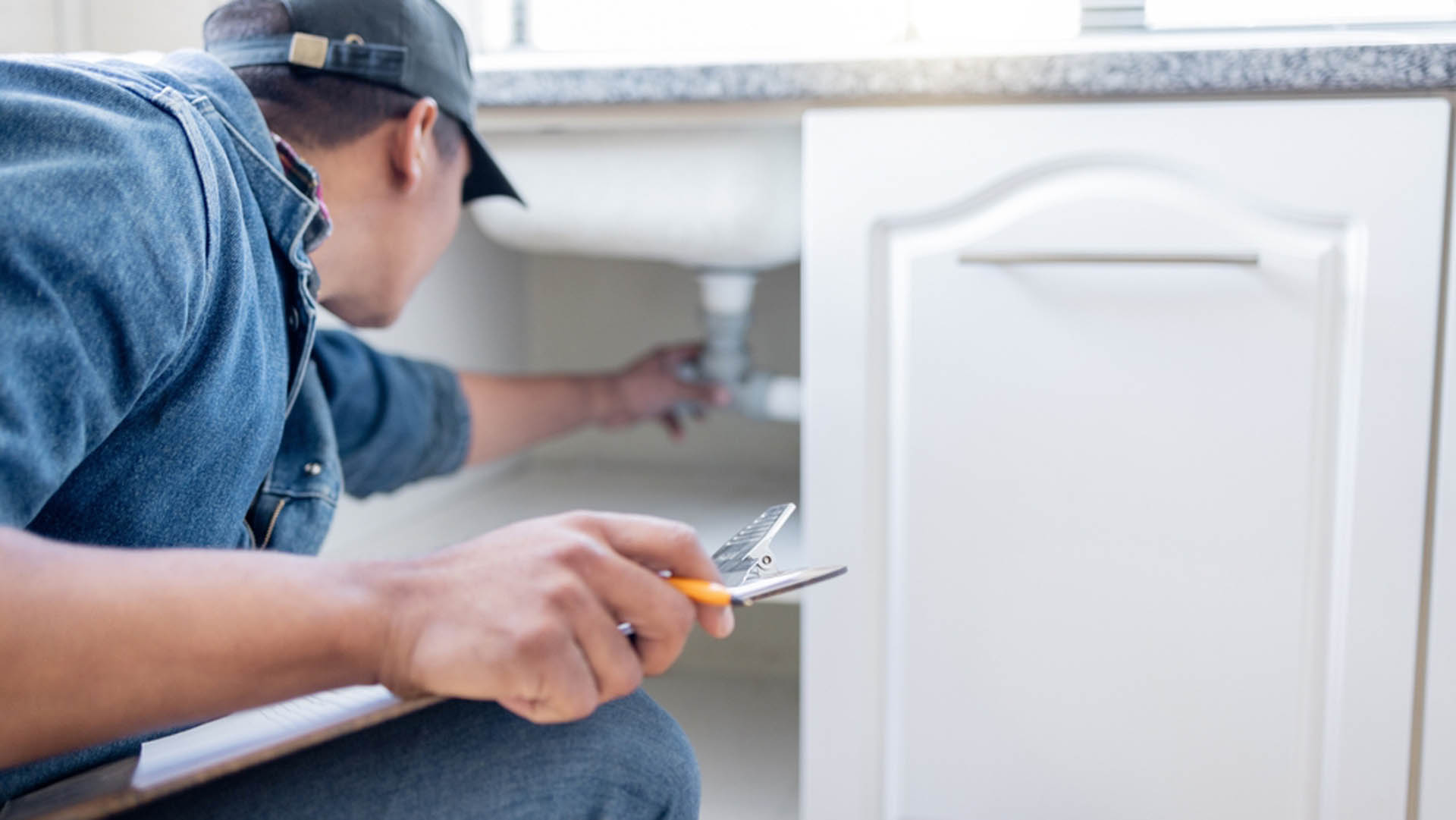(325) 829-0146
Comprehensive Home Safety: Protecting Your Property Inside and Out
Return To Blogs
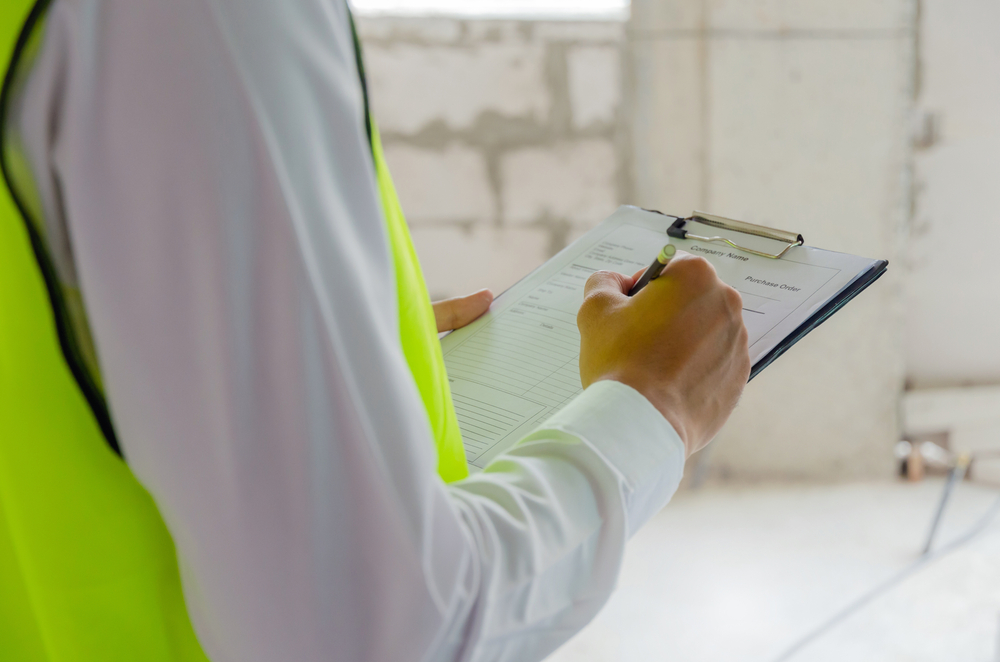
Your home is your sanctuary—a place where you and your loved ones should always feel safe and secure. Achieving this sense of security requires more than just locking the doors at night. From installing a reliable security system to preventing common household accidents, a proactive approach to home safety is essential. Here’s a comprehensive guide combining key aspects of exterior and interior home safety to help you protect your home and those who live in it.
1. Install a Comprehensive Security System
A robust security system is one of the most effective ways to safeguard your home. Modern systems come equipped with features like motion detectors, door and window sensors, and surveillance cameras that offer real-time monitoring and alerts. Many of these systems allow remote access, so you can check on your home from anywhere via your smartphone.
Visible security measures, such as security system signs and window stickers, act as powerful deterrents to potential intruders. Research consistently shows that homes with visible security systems are significantly less likely to be targeted by burglars.
2. Strengthen Doors and Windows
Doors and windows are the primary points of entry into your home, making them critical areas to secure. Ensure all exterior doors are solid-core and equipped with deadbolt locks. If your doors have glass panels, consider reinforcing them with security film or upgrading to laminated, shatter-resistant glass.
Windows should also be secured with durable locks. Installing window sensors as part of your security system adds another layer of protection. For ground-level windows, consider using window bars or grilles to further deter unauthorized entry.
3. Regularly Test Smoke and Carbon Monoxide Detectors
Smoke and carbon monoxide detectors are essential for protecting your family from fire hazards and carbon monoxide poisoning. Make it a habit to test these devices monthly to ensure they are functioning correctly. Replace the batteries at least once a year, and consider replacing the entire unit every 10 years to ensure the sensors remain effective.
In addition to having detectors in place, develop and practice a fire escape plan with your family. Make sure everyone knows how to exit the home safely in case of an emergency.
4. Prevent Slips and Falls
Slips and falls are among the most common household accidents, especially for children and older adults. To minimize these risks, keep floors clear of clutter, use non-slip mats in moisture-prone areas like bathrooms and kitchens, and ensure stairways are well-lit and equipped with secure handrails.
If you have rugs, ensure they have non-slip backing or are properly secured to the floor to prevent them from sliding.
5. Maintain Your Home’s Exterior
The condition of your home’s exterior plays a significant role in your overall safety. Regularly inspect your property for potential hazards such as loose steps, uneven walkways, or overgrown shrubs that could provide cover for intruders. Keep your yard well-maintained, and ensure your home’s address is visible from the street, which can assist emergency responders in finding your home quickly.
6. Secure Hazardous Materials
Household chemicals, tools, and other potentially dangerous items should be stored securely out of reach of children and pets. Use locked cabinets for cleaning supplies, medications, and sharp tools, and make sure these areas are well-organized and ventilated.
If you have a garage or shed, keep these areas locked and ensure hazardous materials are stored safely and clearly labeled.
7. Keep Emergency Contact Information Handy
In an emergency, having quick access to important contact information can make all the difference. Keep a list of emergency contacts, including local police, fire department, and poison control, in an easily accessible location. Additionally, consider programming these numbers into your phone for quick access.
Protecting your home and loved ones requires a multifaceted approach to safety. By combining exterior security measures with interior safety practices, you can create a secure and comfortable living environment. Regularly reviewing and updating your safety measures ensures that your home remains a haven for everyone. For more detailed guidance on home safety, explore resources like the National Safety Council.
Recent Blogs
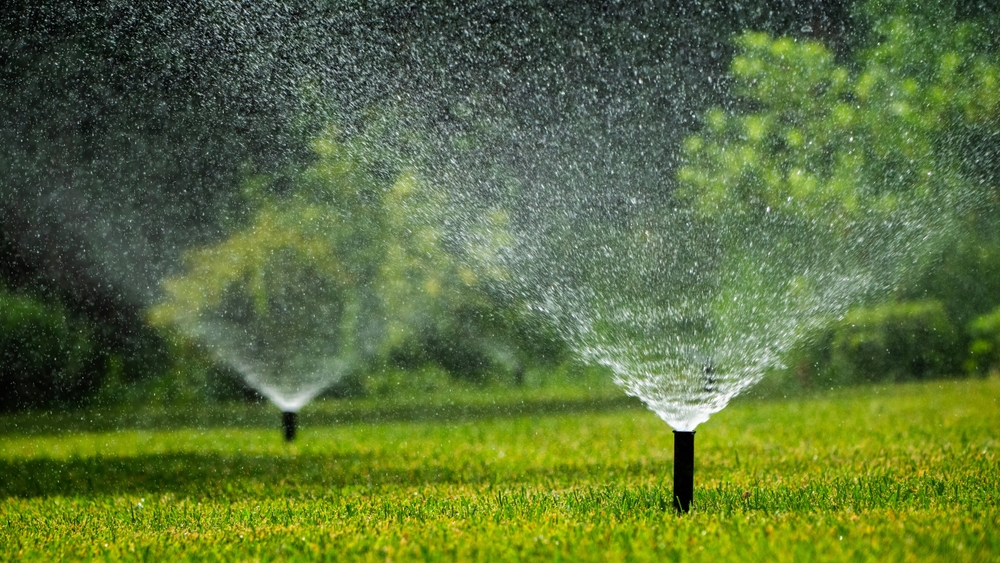
Ensuring a Thriving Lawn in Texas: The Essential Role of a Proper Sprinkler and Irrigation System
Sep. 05, 2024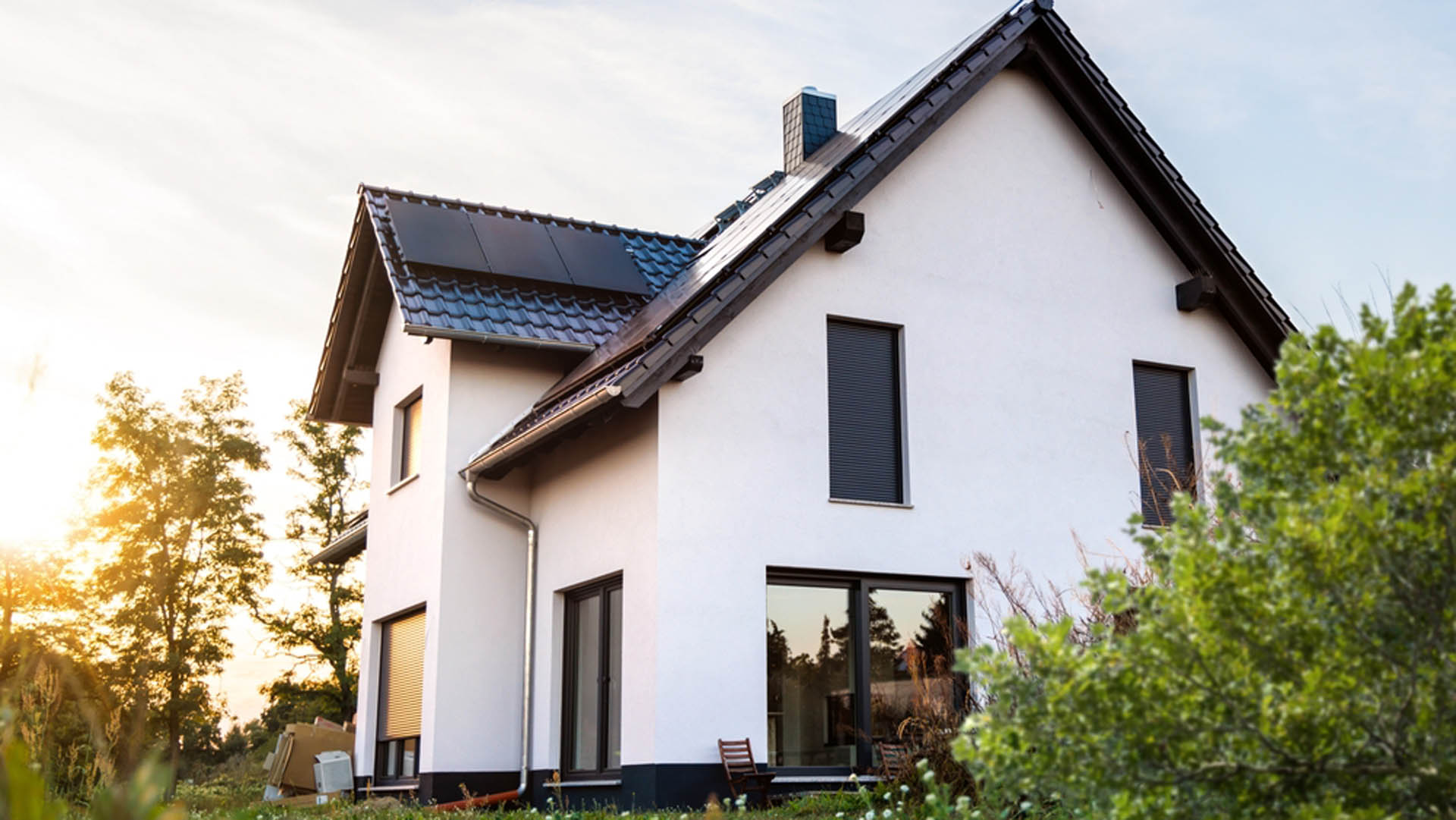
The Role of Home Inspections in Real Estate Transactions
Aug. 22, 2024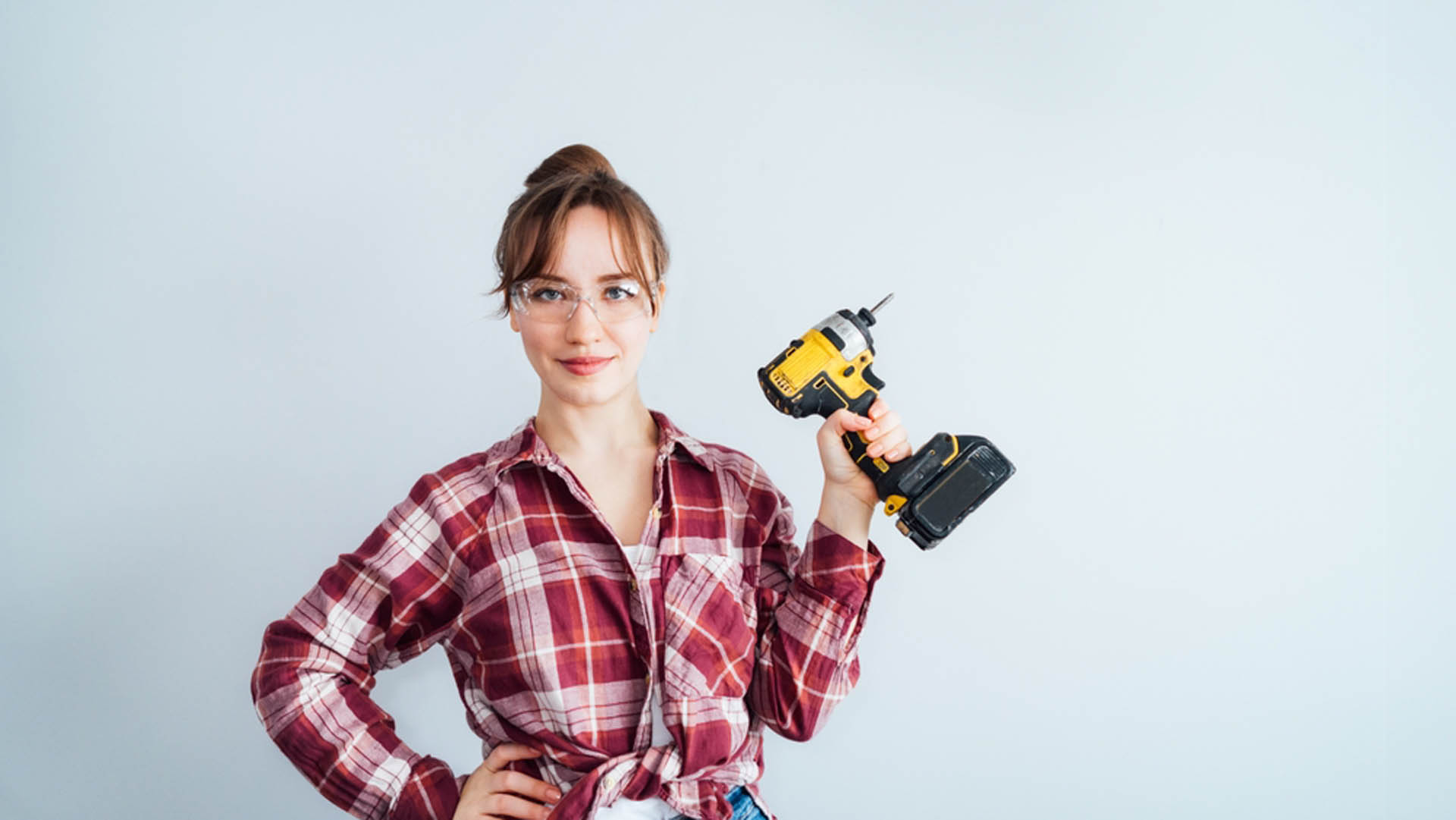
Top 5 Common Home Inspection Issues and How to Fix Them
Aug. 15, 2024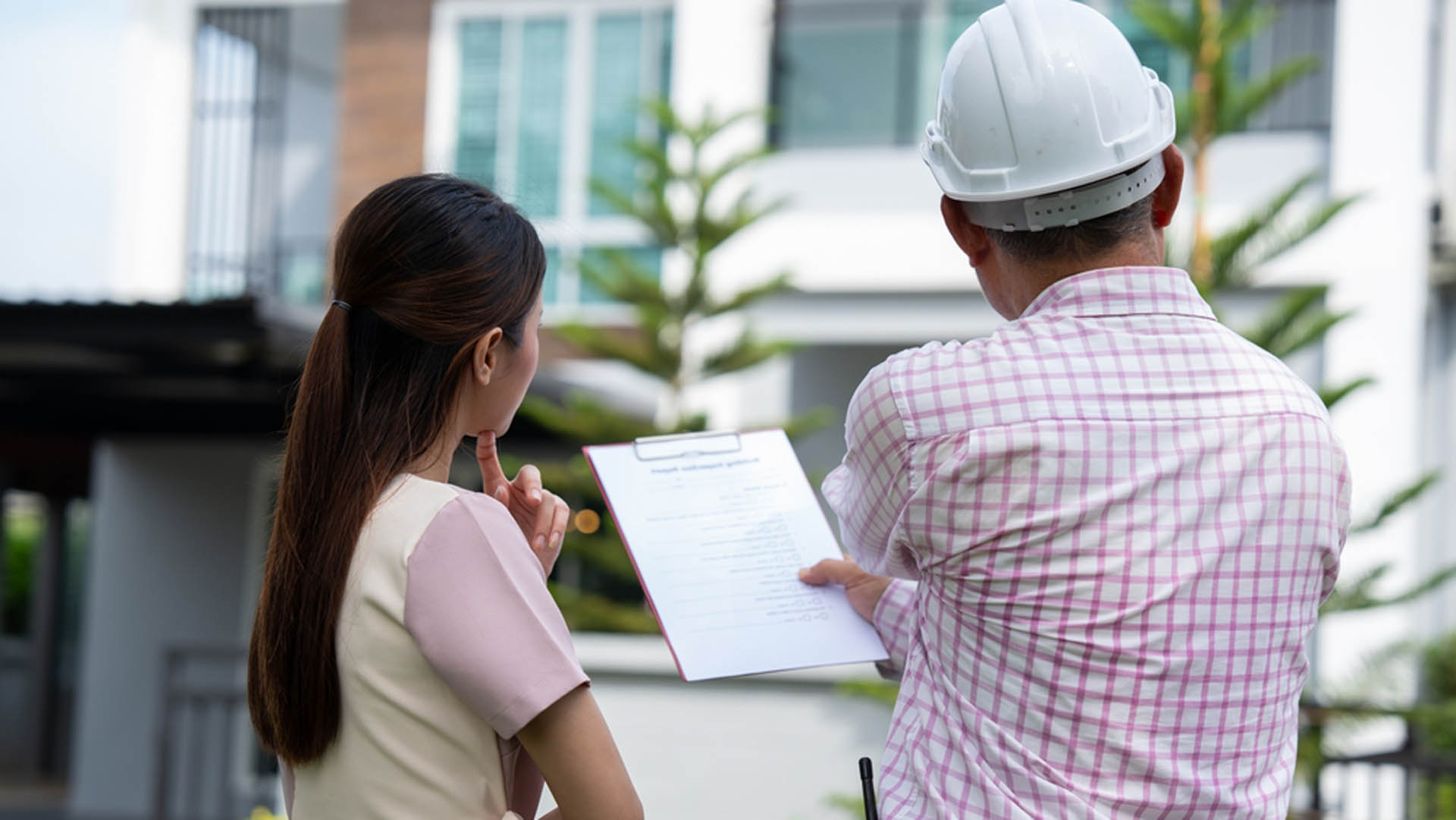
Understanding the Home Inspection Process
Aug. 08, 2024